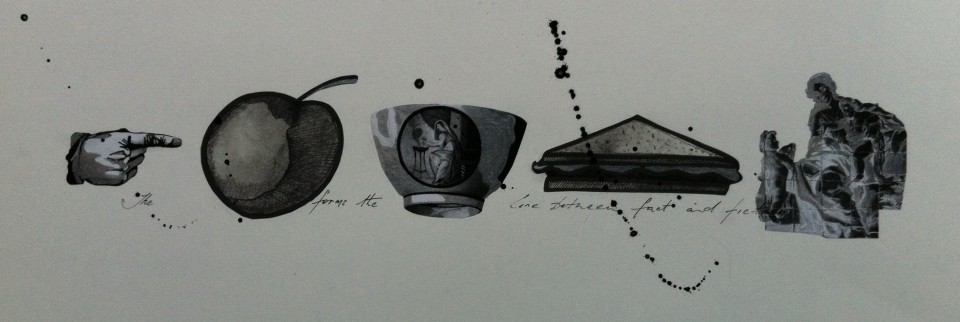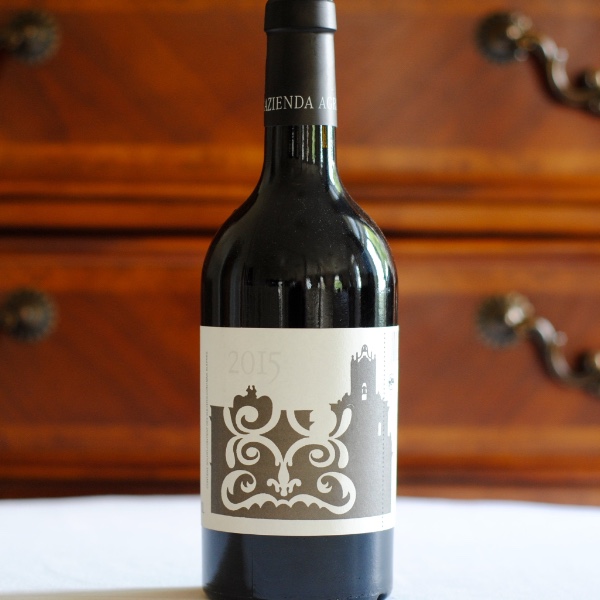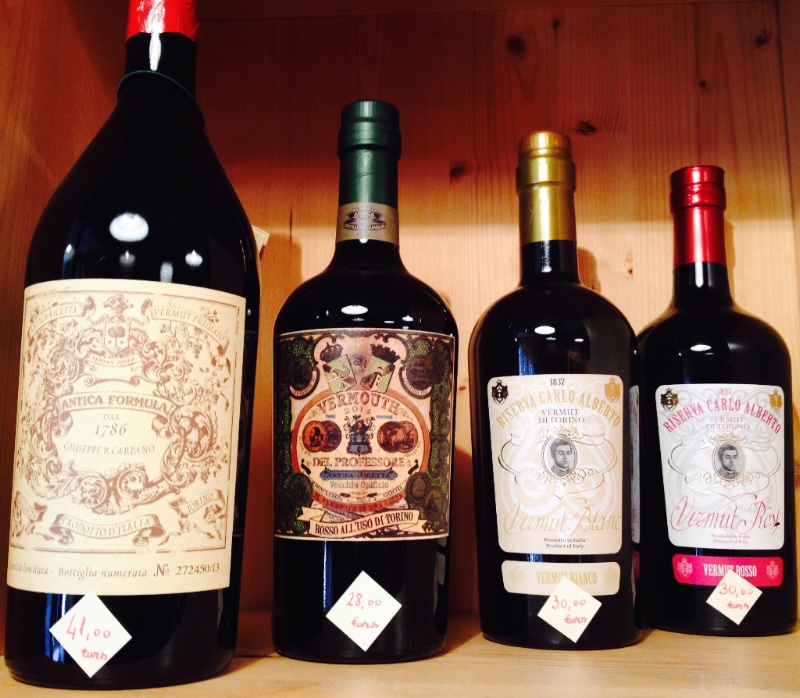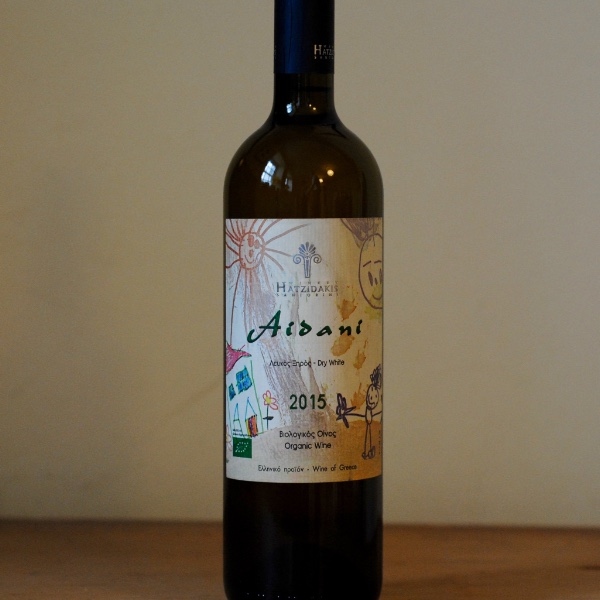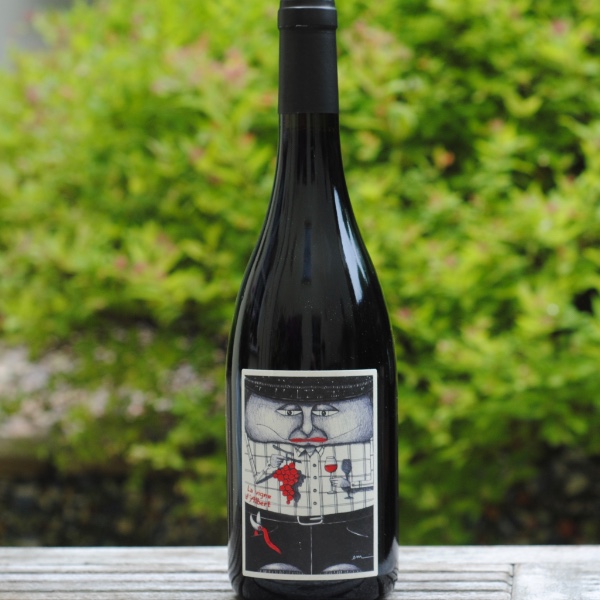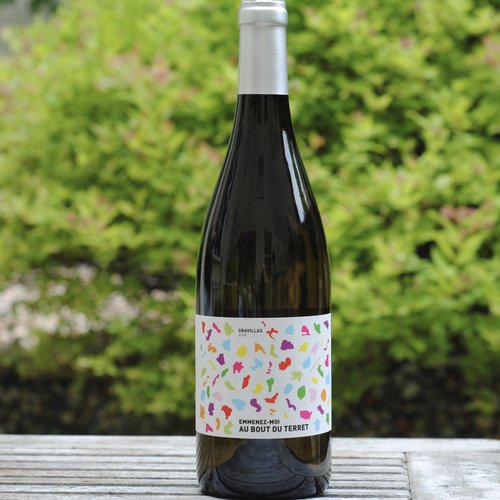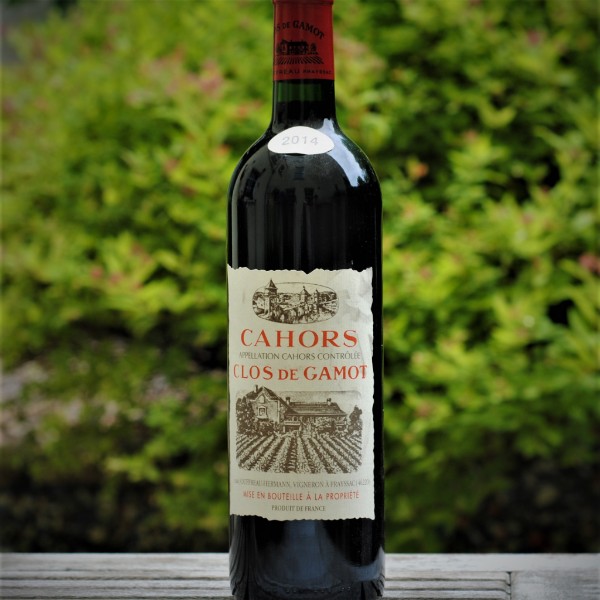
As you exit the narrow Salerno Gorge, a wide valley covered in vineyards and fruit trees opens near San Michele all Adige, this is the Campo Rotaliano home of the Teroldego grape.
The land has seen tribes and rulers come and go, Romans, Celts, Longobards, Francs, Tyroleans, Austrians, Bavarians and Italians, one of whom Nicolo da Povo was the first to mention Teroldego by name in 1383.
I know it’s just another grape you’ve never heard of, but you should take note as it has the potential to compete with the great wine grapes of Bordeaux.
Cultivation of the grape is quite small, with around 400 hectares under vine of which about 75% is DOC.
Elizabetta Foradori began exploring the grapes diversity back in 1985 and has thus far uncovered around 15 different biotypes which she uses for replanting. These form the qualitative backbone of her wines. Ensuring a vineyards diversity is the best guarantee of obtaining great results as you can propagate by massal selection – using field cuttings from your best vines – as opposed to clonal selection where you buy in clones from elsewhere.
The wines she makes are some of my favourite Italian reds, and if I ever feel a little down in the dumps, they serve as a restorative elixir causing my sense of humour to return, and a sweet little smile of satisfaction spreads across my ugly mug.
Granato, Vigneti delle Dolomiti Rosso IGT, to give it its full title, is a noble beast. Deep, almost shy at first, it opens to give smells of wild berries, roasted hazelnuts, baked bread, tar and a herby eucalyptus quality that makes you feel you have just brushed up against the vine rows. The grapes are vinified separately and blended to achieve balance and concentration after long ageing in old wood. It is a dignified wine, pure and intense, changing in the glass each time you nose, and from sip to sip. Soft yet penetrating, the sweet fruit balanced with a supporting acidity that weaves its way through the wine like the wind in the mountains.
Romantic or what? You won’t get that kind of wordsmithery in the Sunday Papers.
